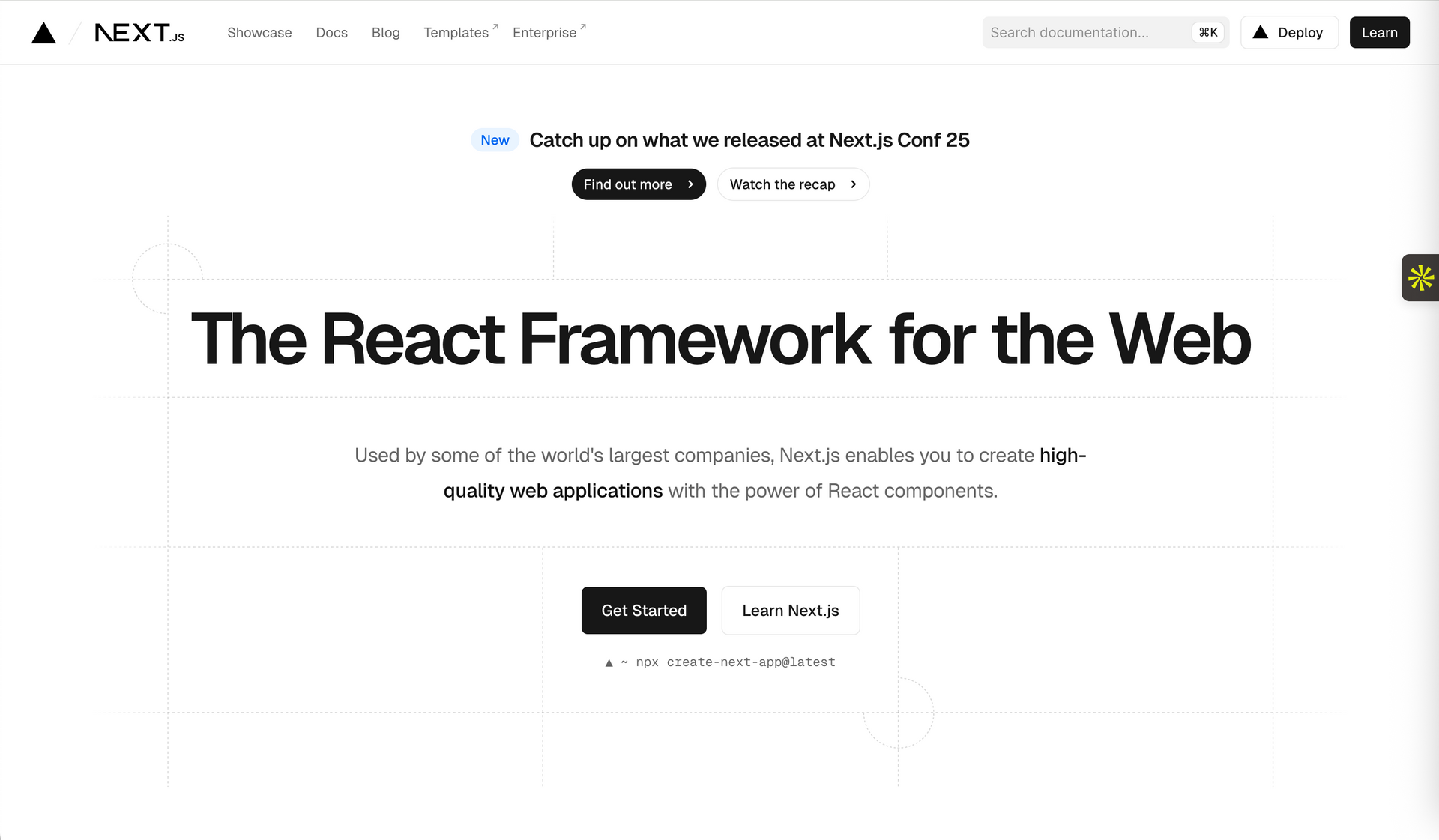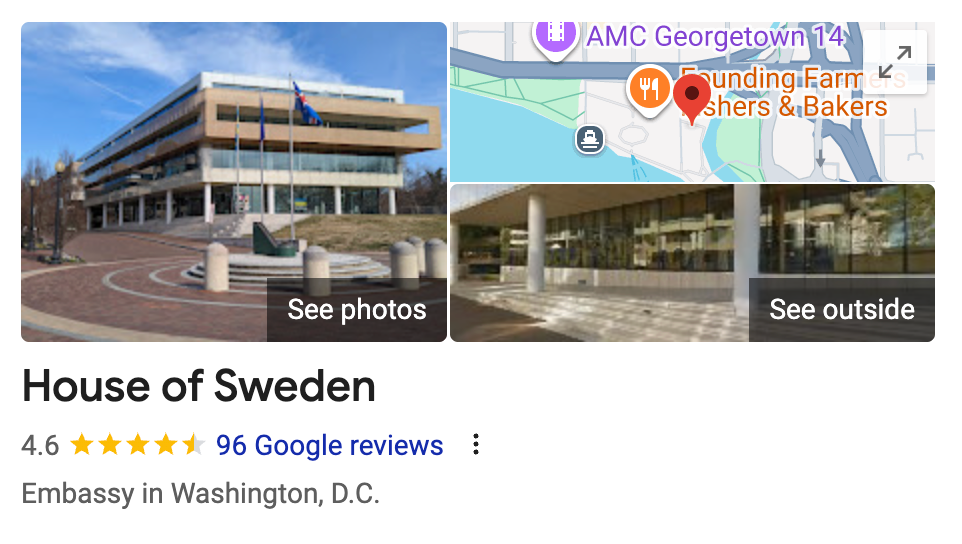Google Finalizes $1.375 Billion Settlement With Texas Over Alleged Privacy Violations
Google's privacy woes trace back to a December 2018 Associated Press investigation revealing that the company's Android and iOS apps continued collecting precise location data—even after users disabled Location History. The report, based on interviews with Google privacy experts and code analysis, showed data pings every 2-3 minutes to Google's servers, amassing 10-20 gigabytes per user annually in some cases. This practice affected 2.4 billion Android users globally, per Statista 2019 data, sparking 45 state AG investigations by mid-2020. Texas AG Ken Paxton, citing 1.5 million affected residents, led the charge in a 2022 multistate suit. Full AP exposé here.
Core Allegations: Deceptive Data Harvesting Exposed
At heart, Texas accused Google of misleading users about data controls. Despite in-app prompts stating "Location History is turned off," apps like Maps and Search sent location signals via "Location Services" or "Web & App Activity," capturing coordinates within 10 meters accuracy. The suit claimed this violated consent norms, with 68% of surveyed users unaware of ongoing tracking, per a 2021 Pew Research Center poll on digital privacy.
No criminal intent alleged, but the deception allegedly shortchanged users' autonomy in a market where 92% of Americans own smartphones, per Pew 2024 stats. Complaint details here.
Texas DTPA Takes Center Stage
Texas invoked the Deceptive Trade Practices-Consumer Protection Act (DTPA), a 1973 statute prohibiting "false, misleading, or deceptive acts" in commerce, with penalties up to $20,000 per violation plus treble damages. The suit argued Google's privacy settings constituted "unconscionable actions," as users couldn't reasonably opt out—similar to a 2019 Illinois BIPA case netting $650 million for biometric overreach.
Federally, it skirted the Wiretap Act (18 U.S.C. § 2510) by claiming no "interception," but Texas tied it to state analogs.
The Multistate Probe into Google From 2019 to 2022 Lawsuit
Post-AP report, 50+ AGs coordinated via the NAAG's Consumer Protection Working Group, issuing a 2019 subpoena for Google's data logs—yielding 500,000 pages reviewed by 2020. Texas, joined by 39 states, filed in June 2022 in Travis County District Court (Case No. D-1-GN-22-003276), alleging 5 years of violations affecting 40 million Texans. Docket summary here.
Google Settlement Talks Close: 2024-2025 Negotiations at $1.375B
Talks intensified in Q1 2024 after a California federal judge dismissed a parallel suit on standing grounds, pressuring multistate resolution. By Q3 2024, 38 states settled for $391.5 million total—Texas's share $23 million initially—but Paxton pushed for standalone leverage, citing 2.5 million unique claims. Final $1.375 billion accord, announced October 31, 2025, includes $1.2 billion to Texas coffers and $175 million for user restitution via claims portal. Non-monetary: Google commits to 5-year audits and clearer toggles, verified by third-party (e.g., Deloitte).
Spike in State AG Tech Suits Post-Settlement
The deal caps a trend: State AG privacy actions rose 40% from 2023-2025, per NAAG data, with tech settlements totaling $5.2 billion. Google's stock dipped 1.2% ($2.5 billion market cap hit) on announcement day, per Yahoo Finance.
EOD Google's Data Harvesting Empire Cannot be stopped.


